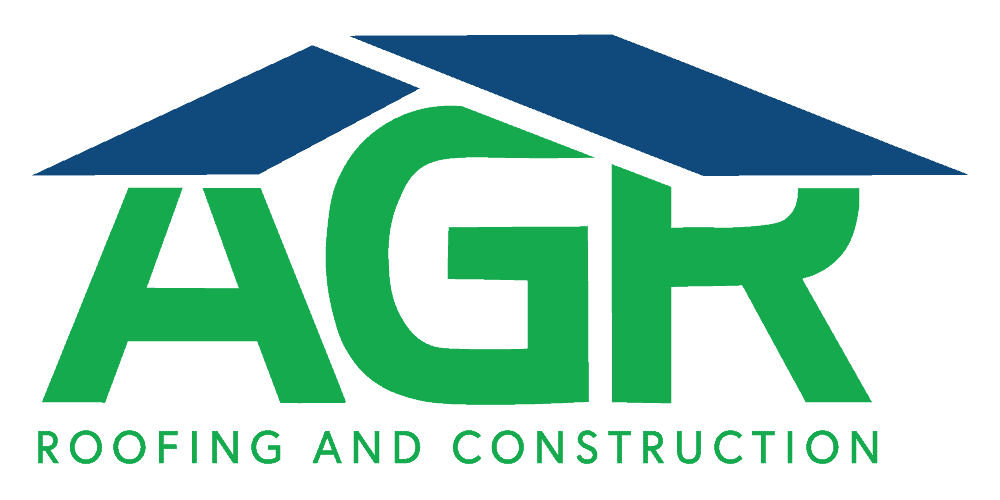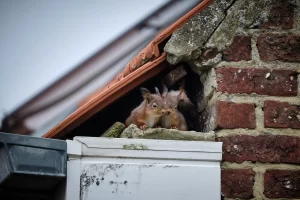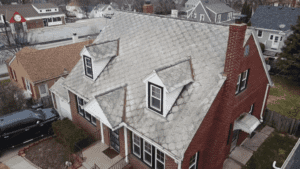When cold outside air seeps into your home and mixes with the air inside that has been circulating through the heating unit, your home experiences what’s called an air leak. Air leaks are detrimental because they cause poor indoor air quality, and elevate your energy consumption. This means that your family is paying much more per month to heat the home than is necessary, because it is difficult to maintain an optimal temperature when the heat is constantly escaping, and is being replaced by cold outdoor air.
Consequences of Air Leaks
When your home has an air leak, there is what’s called a “chimney effect” that draws the warm air out of the house, while drawing the cold air in from outside. This means not only paying significantly higher energy bills, but also putting your family’s health and safety at risk. Since the outdoor air that is seeping through is not being filtered like the air circulating through the HVAC unit, this increases your family’s exposure to outdoor pollution, and the risk of long-term health issues that are associated with ongoing exposure.
What Causes Air Leaks?
Air leaks can have a variety of root causes, but are most commonly caused by inadequate insulation throughout the home, cracks in door frames, gaps in walls, or defective vents. If you’ve ever put your hand up against the gap where your front door meets the door frame and felt a draft, then you’ve experienced an air leak. The severity of an air leak varies from home to home, but here are some of the biggest factors to keep in mind to determine if your home may be at risk:
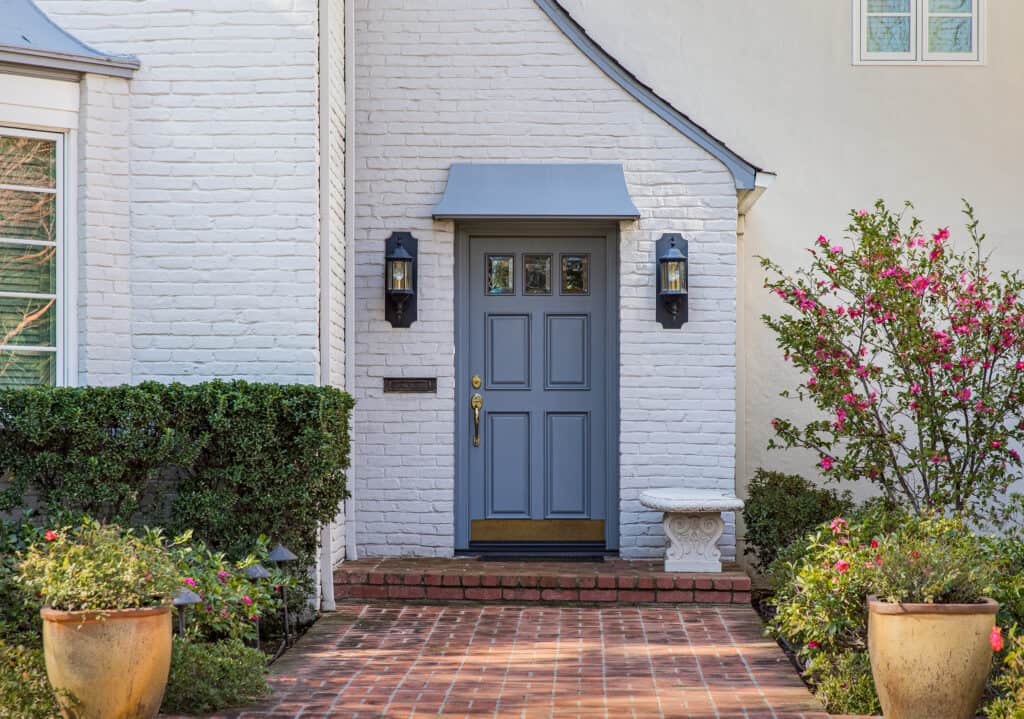
The Age of Your Home
It is no secret that older homes are not as efficient as newer builds. Houses built today are designed to be less drafty, and more airtight. Even if your home is older but was air tight when it was first built, with age comes settling, and the wear-and-tear of housing families throughout the years. When a home begins to age, it may develop cracks and gaps, and the insulation begins to deteriorate and becomes less effective over time. This means that the living areas in your home are less protected from fluctuating temperatures.

Your Climatic Zone
Air leaks are most prominent and detrimental in regions that experience very cold temperatures, and require homeowners to heat the air in their homes using a central heating unit. If you live in a particularly windy area, this will also increase the severity of the air leaks in your home by blowing strong gusts of wind through the cracks and gaps throughout the structure.
Seasonal Changes
Just like sudden frost can ruin your garden or freeze your pipes, seasonal changes can also affect the building materials of your home. Some materials, such as wood, expand during the warmer months, and shrink back down when the weather gets cooler. This constant flow of expanding and contracting will eventually alter the integrity of the material, causing cracks and gaps to form.

How to Check Your Home For Air Leaks
Since you can’t immediately spot an air leak with the naked eye, it is important to manually inspect your home for signs of warm air being drawn out, and cold air seeping in. On particularly windy days, you may hear the faint whistle of air blowing through the cracks in your home, but generally speaking it is best to do a thorough assessment using tried-and-tested strategies to locate and repair any air leaks.
Visual Inspection
While you can’t see the air seeping in, you can see cracks and gaps around your home that may be indicators that a leak is occurring.
It is best to conduct a visual inspection during the day, so that you can check to see if you notice any sunlight peeking through the cracks of your doors and windows. Some are more noticeable than others, so be sure to move around a bit and check all sides from different angles to locate any gaps.
Use Your Hand
When you’ve located a crack or gap that is a likely culprit of the air leak, place your hand against the crack to see if you can feel any air flow coming in. This works best on a particularly chilly day, and even better if the wind is blowing. If you feel cold air on your skin, you have located an air leak.
While doors and windows are common culprits, be sure to try this method in other areas of your house. This may include electrical outlets, flooring, and the joints between exterior brick and siding, and even around the chimney. These areas are inspected less frequently, so you won’t want to skip over them during your search!
Check For Air Movement
You don’t have to expose your skin to cold air to check for an air leak. You may also test for air flow or movement using smoke or a flame. If you’ve found an area that you suspect may be leaking air, light a match, a candle, a stick of incense, or a lighter, and carefully hold it up by the gap in question. If the smoke or flame begins to move, you have found the source of an air leak.
The Scent Test
The scent test is a fun and easy way to test for any suspected air leaks! To do this, you’ll want to first close all of the windows and exterior doors throughout the house. Try to make the house as airtight as possible, including shutting off any vents, fans, appliances, or HVAC units.
Once you’ve created an airtight space, take a strong-smelling product such as a burning stick of incense, and walk around the perimeter of the house, hovering in areas that you suspect may be leaking air. Once you go back inside, walk around to each suspected leak and see if you can smell the scent of the incense that you were burning outside. If you can, you will have located the culprits.
Use Cash
Yet another simple test is to use a dollar bill to see if there are any gaps in your windows. To do this, you will first open the window and place the dollar bill along the bottom. Then close the window and attempt to pull the dollar bill out. If it remains stuck, your window is sealed properly. If you are able to slip the dollar bill out, the seal is defective and is likely causing air to leak in.
Try an Air Leak Detector
This method requires a small investment in a piece of equipment, but it is the easiest and most accurate way to test for an air leak. You just simply aim the air leak detector at the possible leak, and wait for it to calculate the results.
There are no guessing games, so you can quickly get to work repairing any leaks to protect your home
How to Repair Air Leaks
Depending on the size, severity, and location of your air leaks, there are a variety of methods to repair the leak to improve the temperature and air quality in your home.
Seal Windows & Doors
Since these are the most obvious sources of air leaks, it is important to seal windows and doors to ensure that they close tightly to prevent cool air from seeping through. This can be achieved by using weather stripping or caulk to seal off any gaps or cracks around the doors and windows.
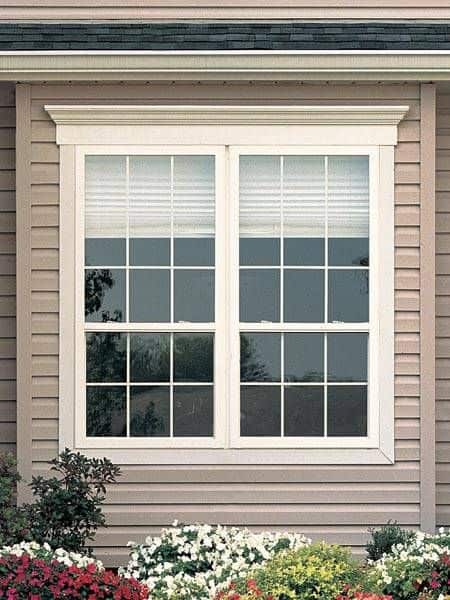
Caulk Any Gaps
In addition to doors and windows, caulk can be used to seal up any gaps around the house that may be letting in cold air. This may include electrical boxes, wiring holes, recessed lighting, flues, and ducts. Caulk can even be painted to match the color of the building materials, so there will be no obvious signs of a repair.
It is important to note that caulk has a tendency to crack when it is exposed to the elements or fluctuating temperatures. It is best to regularly inspect the caulk as the seasons change to avoid more air leaks in the future.
Cover Chimney Flues
Since building codes require a specific distance between the metal and wood components, chimneys contain gaps that provide the opportunity for cold air to seep through. To remedy this situation, aluminum flashing can be used and sealed using a special high-temperature caulk, and adjusted to remain compliant with building codes, while reducing the risk of air leaks.
The Bottom Line
Air leaks are a very common, yet fixable issue that most homeowners encounter at one point or another. If after following the above steps you still struggle with air leaks, or if you are not comfortable repairing them on your own, it is best to consult with a professional contractor who can assist you in sealing up your home. No matter how you go about it, creating an airtight living space is important to keep your family comfortable, and safe from harmful outdoor pollutants.

